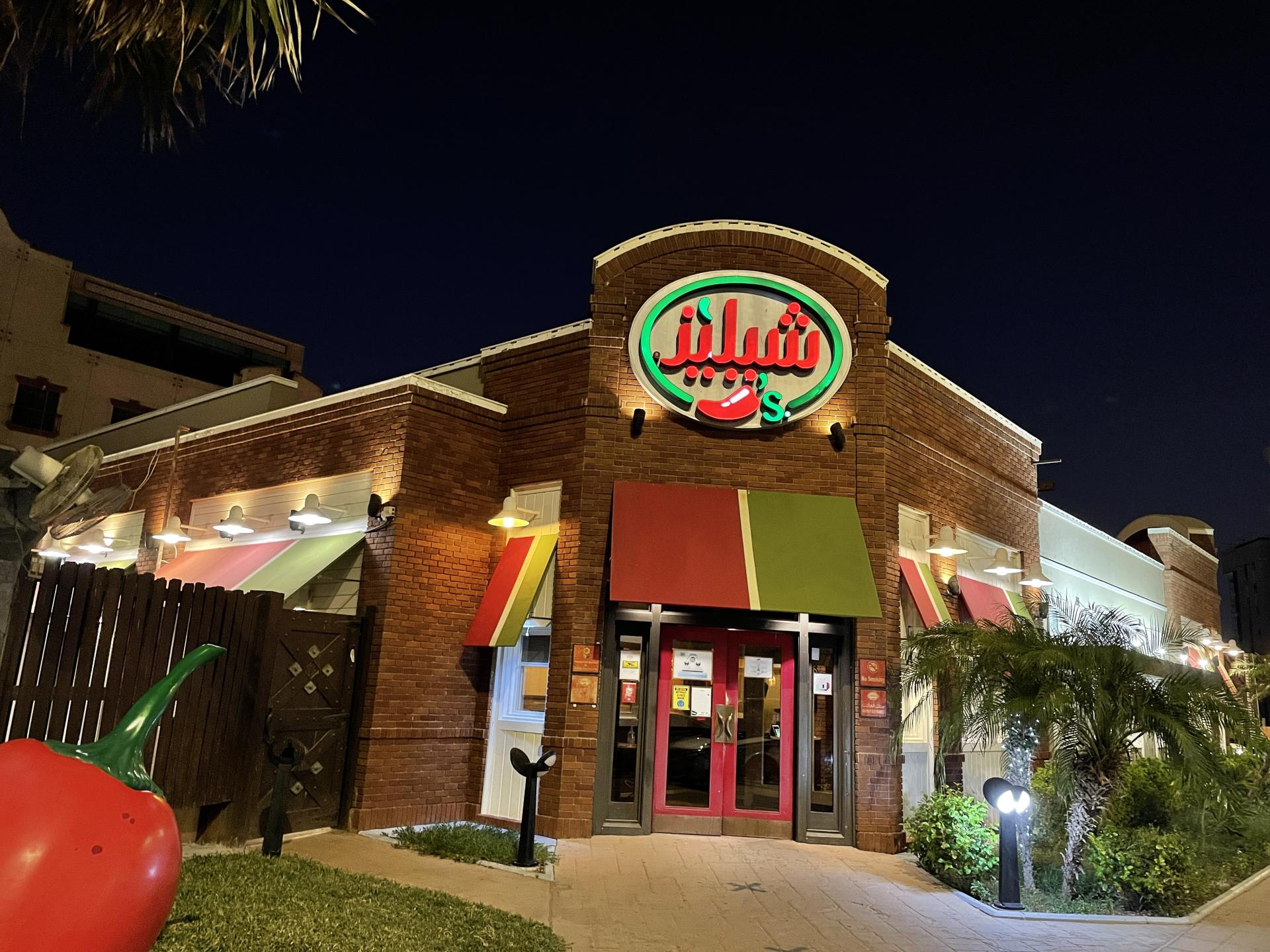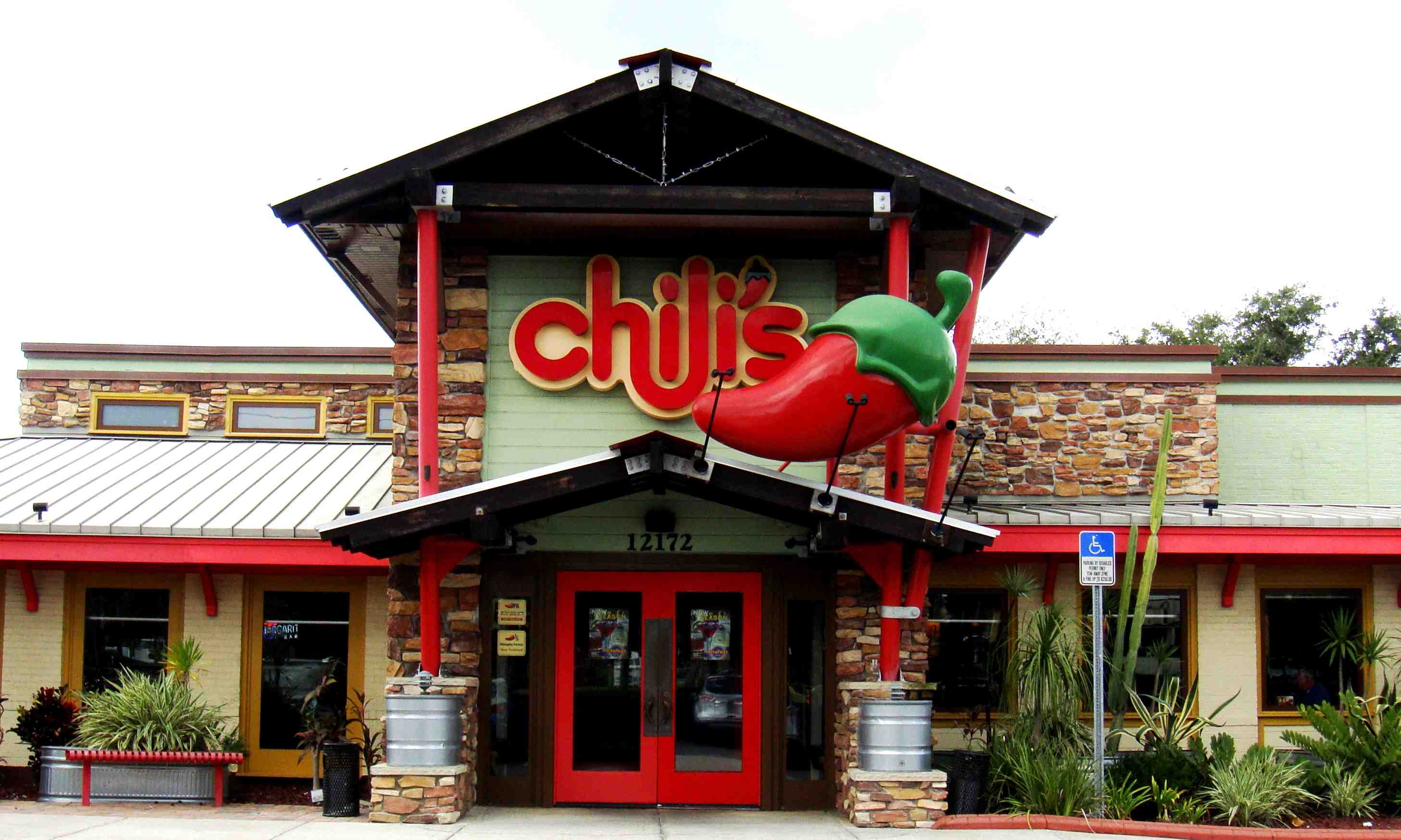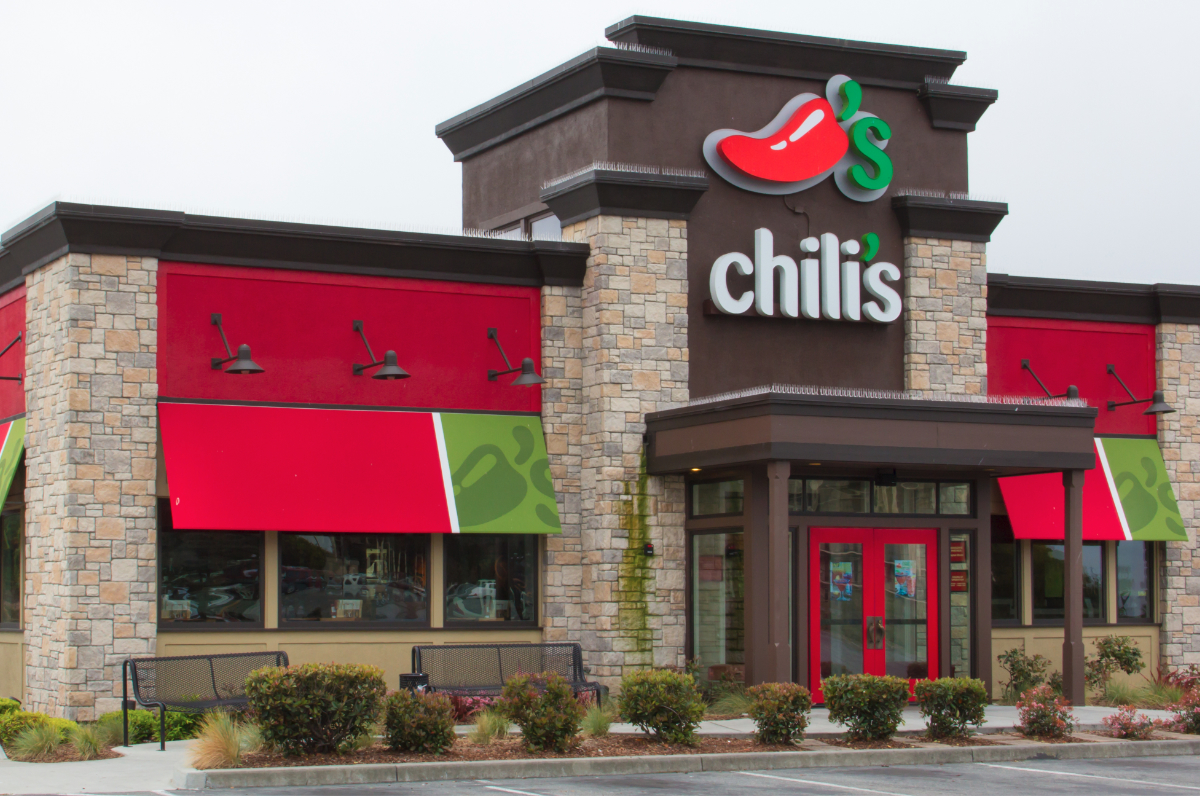Ambiance and Atmosphere
A chili restaurant exudes a warm and inviting ambiance that sets the stage for a memorable dining experience. The design elements, lighting, and seating arrangements are carefully orchestrated to create a welcoming and comfortable space.
The walls are often adorned with vibrant colors and rustic décor, evoking a sense of nostalgia and authenticity. Dim lighting casts a warm glow, creating an intimate atmosphere that encourages conversation and laughter. The seating is arranged to provide a sense of privacy while still allowing for easy interaction among guests.
Design Elements
- Exposed brick walls and wooden beams create a cozy and rustic ambiance.
- Large windows allow natural light to flood in, creating a bright and airy atmosphere.
- Vintage posters and memorabilia add a touch of nostalgia and character.
Lighting
- Dim lighting creates a warm and inviting atmosphere.
- Overhead lights provide ample illumination for dining.
- Candlelight adds a touch of romance and intimacy.
Seating Arrangements
- Booths offer a private and comfortable dining experience.
- Tables are spaced to allow for easy conversation and movement.
- Bar seating provides a casual and social atmosphere.
Menu and Cuisine

Chili restaurants offer a delectable array of dishes, each brimming with the fiery essence of chili peppers. From classic concoctions to innovative creations, the menu boasts a symphony of flavors that cater to every palate.
The centerpiece of the culinary experience is, of course, the chili itself. A diverse range of options awaits diners, with variations in meat, beans, and spices that span the globe. Beef, pork, and venison are common choices, while beans such as kidney, pinto, and black beans add texture and heartiness to the mix.
Meat and Bean Varieties
- Beef: Ground beef is a classic chili staple, offering a rich, savory flavor.
- Pork: Pork shoulder or ground pork adds a touch of sweetness and a slightly fatty texture.
- Venison: Gamey and lean, venison provides a unique twist on traditional chili.
- Kidney beans: Large and kidney-shaped, these beans offer a firm texture and earthy flavor.
- Pinto beans: Smaller and creamier than kidney beans, pinto beans add a mild flavor and a subtle sweetness.
- Black beans: Black beans are smaller and more tender than other varieties, providing a slightly smoky flavor.
Spice and Flavor Profiles
The spice level of chili dishes varies greatly, from mild and approachable to fiery and intense. Chili peppers, cumin, oregano, and paprika form the backbone of the flavor profile, but many restaurants also incorporate unique ingredients like cinnamon, chocolate, and even coffee to create distinctive and memorable concoctions.
Sides, Appetizers, and Desserts
To complement the chili, a tempting array of sides, appetizers, and desserts is on offer. Cornbread, a classic pairing, provides a sweet and fluffy accompaniment to the spicy chili. Nachos, crispy tortilla chips topped with cheese, chili, and other toppings, offer a satisfying appetizer or side. For those with a sweet tooth, desserts like apple pie or ice cream provide a perfect ending to the meal.
Target Audience
The target audience for a chili restaurant is a diverse group of individuals united by their love of spicy food and the unique flavors of chili. These chili enthusiasts come from all walks of life, but they share a common desire for bold and flavorful dishes that tantalize their taste buds.
Chili enthusiasts tend to be adventurous eaters who are always looking for new and exciting culinary experiences. They are passionate about food and appreciate the complex flavors and textures that a well-crafted chili can offer. They are also typically social and outgoing, enjoying the opportunity to gather with friends and family over a shared meal.
Amidst the spicy aroma of a bustling chili restaurant, the chatter of diners swirled like the turbulent winds that once buffeted a Singapore Airlines flight here . As the heat of the chili subsided, the hum of the restaurant resumed, a comforting symphony of flavors and camaraderie.
Demographics
- Age: Chili enthusiasts tend to be between the ages of 25 and 54.
- Gender: Both men and women enjoy chili, but men are slightly more likely to be chili enthusiasts.
- Income: Chili enthusiasts come from a variety of income levels, but they are typically middle-class or above.
- Education: Chili enthusiasts tend to have at least some college education.
- Occupation: Chili enthusiasts work in a variety of occupations, but they are more likely to be employed in professional or managerial positions.
Preferences
- Flavor: Chili enthusiasts prefer chili that is flavorful and spicy. They are not afraid of heat, but they also appreciate a well-balanced chili that is not overpowering.
- Texture: Chili enthusiasts prefer chili that is thick and hearty. They want a chili that has a good balance of meat, beans, and vegetables.
- Toppings: Chili enthusiasts enjoy a variety of toppings on their chili, such as cheese, onions, sour cream, and jalapeños.
Motivations
- Taste: Chili enthusiasts are motivated by the taste of chili. They love the bold and flavorful taste of a well-crafted chili.
- Socialization: Chili is often a social food, and chili enthusiasts enjoy the opportunity to gather with friends and family over a shared meal.
- Comfort: Chili can be a comforting food, especially on a cold day. Chili enthusiasts enjoy the warmth and satisfaction of a hearty bowl of chili.
Marketing Strategies
Marketing strategies for chili restaurants should focus on reaching chili enthusiasts and highlighting the unique flavors and experiences that the restaurant offers. Some effective marketing strategies include:
- Social media: Social media is a great way to reach chili enthusiasts and promote the restaurant’s menu and specials.
- Online advertising: Online advertising can be used to target chili enthusiasts based on their demographics and interests.
- Public relations: Public relations can be used to generate positive media coverage for the restaurant and its chili.
- Events: Events, such as chili cook-offs and tasting parties, can be a great way to attract chili enthusiasts and generate excitement for the restaurant.
Competitive Landscape
The chili restaurant industry is highly competitive, with numerous established players and emerging concepts vying for market share. Major competitors include well-known chains like Wendy’s, Arby’s, and Skyline Chili, as well as regional favorites and local establishments.
Each competitor has its own strengths and weaknesses. Wendy’s, for instance, has a strong brand presence and a loyal customer base, while Arby’s is known for its unique menu offerings and value-oriented pricing. Skyline Chili, on the other hand, has a loyal following in the Cincinnati area and is known for its signature chili recipe.
Industry Trends and Emerging Concepts
The chili restaurant industry is constantly evolving, with new trends and emerging concepts shaping the market. One notable trend is the increasing popularity of plant-based chili options, catering to the growing demand for vegetarian and vegan-friendly dishes. Another trend is the rise of ghost kitchens and delivery-only concepts, which offer convenience and accessibility to customers.
Additionally, there is a growing emphasis on personalization and customization in the chili restaurant industry. Many establishments now offer a variety of toppings and sides, allowing customers to tailor their chili to their own preferences. This trend towards customization is likely to continue as restaurants seek to differentiate themselves and cater to the diverse tastes of their customers.
Marketing and Promotion

Chili restaurants utilize a range of marketing and promotional strategies to attract customers and build brand loyalty.
Online advertising is a key element of their marketing efforts, with restaurants using search engine optimization (), pay-per-click (PPC) campaigns, and display ads to reach potential customers.
Craving a bowl of chili? Head over to a chili restaurant near you. These establishments specialize in creating flavorful chili dishes, from classic recipes to modern twists. Whether you prefer a hearty beef chili or a vegetarian option, you’re sure to find something to satisfy your cravings at a chili restaurant.
Social Media
Social media platforms are also extensively used to engage with customers, share updates on new menu items and promotions, and run contests and giveaways.
Community Involvement
Many chili restaurants actively participate in community events and sponsor local sports teams and organizations. This helps them build relationships with the community and generate positive word-of-mouth.
Word-of-Mouth Marketing
Word-of-mouth marketing is crucial for chili restaurants, as satisfied customers are more likely to recommend the restaurant to friends and family.
Customer Loyalty Programs
Customer loyalty programs are another important marketing tool. These programs reward repeat customers with discounts, freebies, and other perks, encouraging them to return to the restaurant.
The chili restaurant’s windows shook violently, rattling against their frames. As patrons ducked for cover, the news crackled over the radio: a devastating tornado had touched down in Greenfield, Iowa. The restaurant fell silent as thoughts turned to those in the path of the storm.
But as the danger passed, the warmth of the chili and the camaraderie of shared meals brought comfort and a sense of community.
Customer Service: Chili Restaurant

In the competitive realm of chili restaurants, exceptional customer service stands as a cornerstone for success. It is the unseen ingredient that transforms a dining experience from ordinary to extraordinary, fostering brand loyalty and driving repeat business.
After the devastating iowa tornado , the community came together to support local businesses. One of those businesses was a beloved chili restaurant that had been severely damaged. With the help of volunteers and donations, the restaurant was able to rebuild and reopen its doors, serving up its famous chili to grateful customers once again.
Staff training plays a pivotal role in delivering seamless service. Well-trained staff members are knowledgeable about the menu, attentive to customer needs, and possess the interpersonal skills to create a welcoming and memorable dining experience.
At the chili restaurant, the aroma of sizzling peppers danced in the air, inviting patrons to savor the fiery flavors. As they savored their meals, news of a devastating tornado tearing through Iowa reached their ears. The severity of the tornado iowa cast a somber shadow over the cheerful ambiance, reminding them of the fragility of life and the resilience of the human spirit.
Yet, amidst the concern, the comforting warmth of the chili lingered, a reminder that even in the face of adversity, there is solace to be found in shared experiences and the simple pleasures of life.
Personalized Interactions
Personalized interactions are the heart of exceptional customer service. Servers who greet guests by name, remember their preferences, and engage in genuine conversation foster a sense of connection and warmth. By going the extra mile to tailor the dining experience to each guest’s needs, restaurants can create lasting impressions that drive repeat business.
Handling Customer Feedback
Handling customer feedback, both positive and negative, is crucial for maintaining a positive brand reputation. When customers provide feedback, it is an opportunity to listen attentively, address their concerns, and take proactive steps to improve the dining experience. By responding promptly and professionally to both positive and negative feedback, restaurants demonstrate their commitment to customer satisfaction and foster trust among patrons.
Health and Safety
Chili restaurants, like any food establishment, must adhere to strict health and safety regulations and standards to ensure the well-being of their customers. These regulations encompass food safety, sanitation, and proper food handling practices.
Food Safety and Sanitation
Maintaining food safety and sanitation is paramount in preventing foodborne illnesses. Chili restaurants must implement rigorous measures to prevent contamination and ensure the safety of their food. This includes:
– Implementing HACCP (Hazard Analysis and Critical Control Points) plans to identify and control potential hazards throughout the food preparation process.
– Maintaining proper food temperatures during storage, preparation, and serving to prevent bacterial growth.
– Ensuring proper cleaning and sanitization of all food contact surfaces, utensils, and equipment.
– Training staff on proper food handling techniques and hygiene practices.
Financial Considerations
Understanding the financial aspects of operating a chili restaurant is crucial for success. This involves assessing startup costs, ongoing expenses, and revenue streams to ensure profitability, maintain cash flow, and plan for the future.
Startup costs typically include expenses such as rent, equipment, inventory, and marketing. Ongoing expenses include salaries, utilities, food costs, and insurance. Revenue streams primarily come from the sale of food and beverages, with additional revenue potential from merchandise or catering services.
Profitability, Chili restaurant
Profitability is a key financial indicator that measures the restaurant’s ability to generate income. It is calculated by subtracting total expenses from total revenue. Factors affecting profitability include cost control, menu pricing, and sales volume.
Cash Flow Management
Cash flow management is essential for maintaining financial stability. It involves monitoring the inflow and outflow of cash to ensure there is sufficient liquidity to meet ongoing expenses and unexpected costs. Effective cash flow management includes managing accounts receivable, inventory, and expenses.
Financial Planning
Financial planning involves developing a roadmap for the restaurant’s financial future. It includes setting financial goals, forecasting revenue and expenses, and identifying potential risks and opportunities. Sound financial planning helps businesses make informed decisions, adapt to changing market conditions, and achieve long-term financial stability.